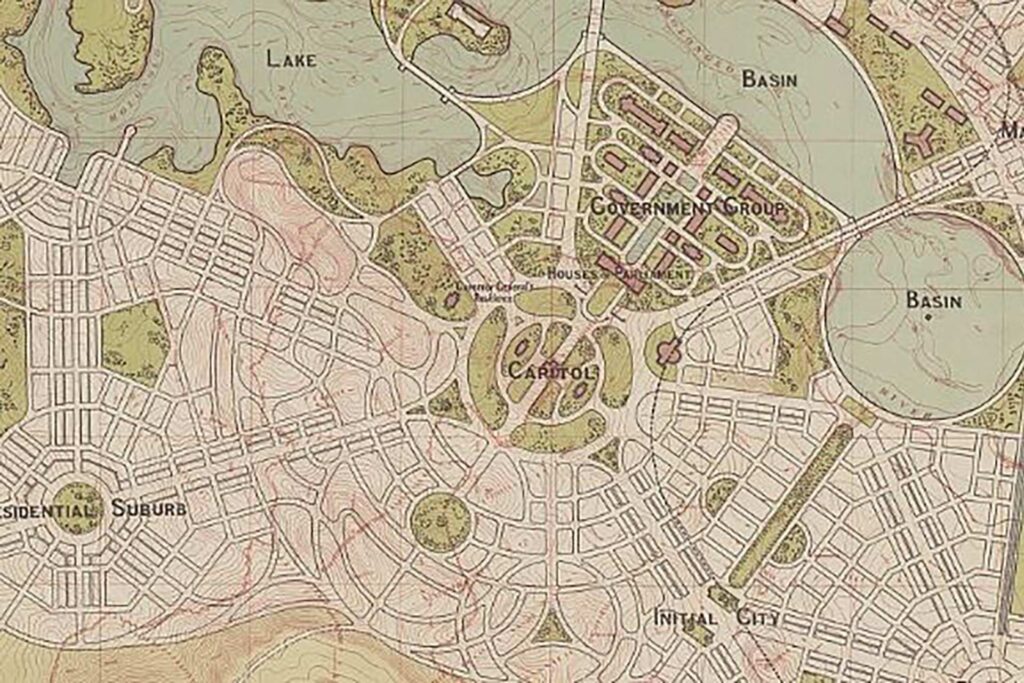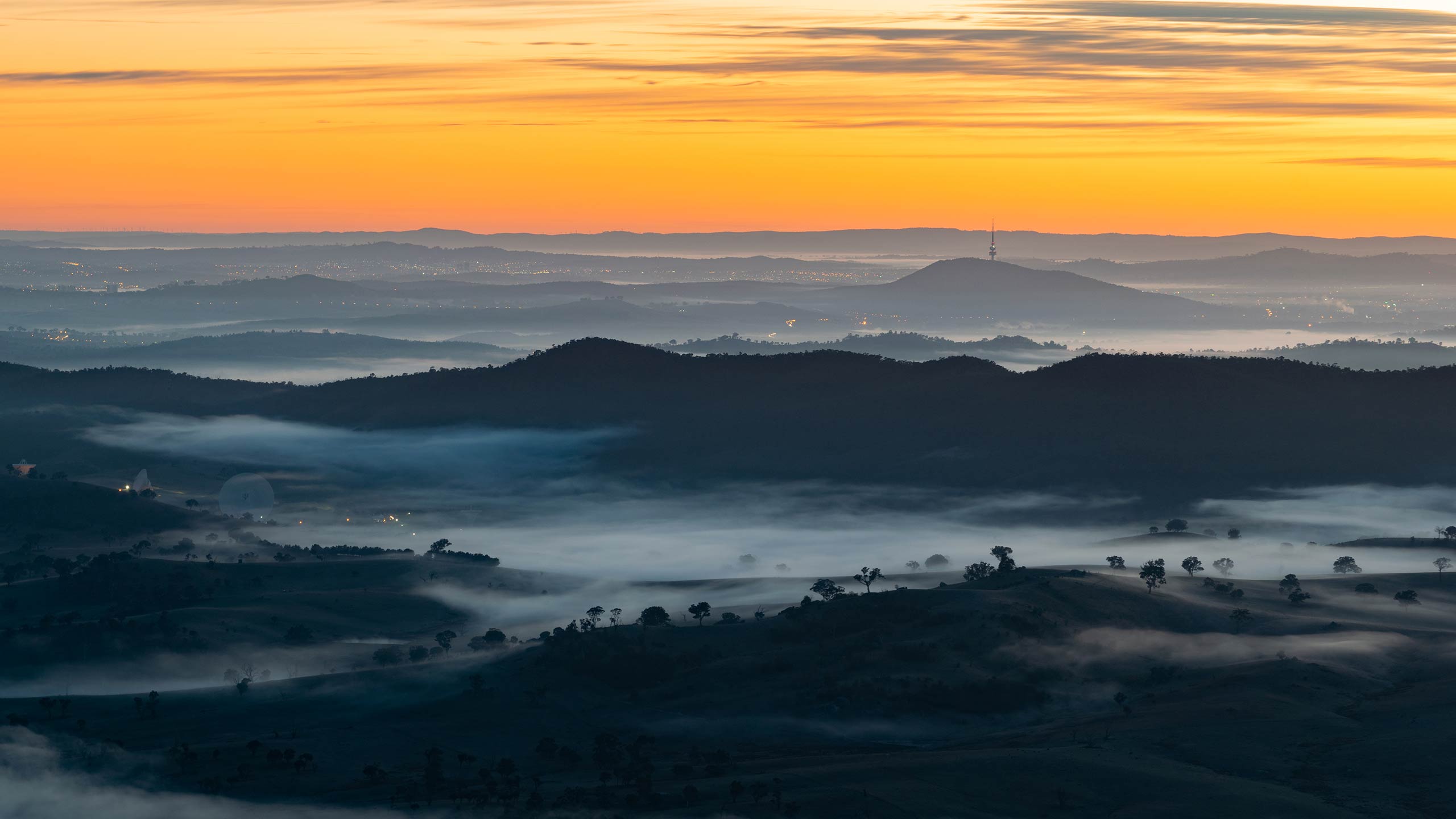Background: About this website
Every four years, the ACT’s Commissioner for Sustainability and the Environment reports on the state of our environment, providing information about its condition and our progress towards sustainability.
These web resources summarise the latest report – the ACT State of the Environment 2019 – with a focus on what young people can do to help protect the land, water, air and nature in and around Canberra.
This website is primarily for high school aged students (years 7 to 10) and provides a teaching resource for educators. It includes information on:
- Indigenous people’s knowledge and commitment to caring for CountryA bounded geographical area, distinct from one another. Coun More
- the role of the ACT community in environmental protection and citizen science
- the importance of Canberra’s trees
- Canberra’s use of energy, water, waste and transport
- how fire and climate change are affecting the ACT, and
- the state of our air, land, water and biodiversityThe variety of all life and living processes in the environm More.
The chapters in these web resources include a brief background to each topic, the latest observations and trends in the Canberra region, and threats and how to address them. Each chapter contains hands-on activities you can do at home or in the classroom to illustrate the concepts behind each topic, and links to the school curriculum.
Need more information?
For more information you can go to the ACT State of the Environment Report 2019 website HERE. This website has more detailed discussion on the ACT’s environment and sustainability, including more graphs, maps, infographics and case studies. You can also see the recommendations made by the Commissioner for Sustainability and Environment to help the Government improve sustainability and environment in the ACT.

The ‘bush capital’
Almost half of Canberra’s population live within 500 metres of native bushland, more than any other Australian capital city. About 60 per cent of the ACT is protected by some form of nature conservation. The Territory is the site of a vast national park, Namadgi, a wilderness zone at Tidbinbilla, and Canberra Nature Park, which covers 11,000 hectares and includes 37 nature reserves.
However, our lifestyle requires nine times the land area of the ACT to service our demand for the food, water, fuel and other resources that we use. Although this ‘ecological footprint’ is similar to other Australian states, it is unsustainable and affects the natural world as well as our local environment.
Continuing as we have in the past – carrying on with ‘business-as-usual’ – will not solve the climate emergency, nor will it stop the decline in biodiversityThe variety of all life and living processes in the environm More or enable our resource use to be sustainable.

A sense of urgency
The issues of rapid climate change and pressures on the region’s biodiversityThe variety of all life and living processes in the environm More are clearly evident in 2019 State of the Environment report.
A warning by the world’s scientists in 2019 alerted the world to a climate emergency, stating, ‘climate change has arrived and is accelerating faster than most scientists expected… it is more severe than anticipated, threatening natural ecosystemsA collection of interacting living and non-living things. A More and the fate of humanity.’ Climate experts with the Intergovernmental Panel on Climate Change said that even if we can keep global warming to 1.5 °C, much of the environment will still be badly affected.
Similarly, biodiversityThe variety of all life and living processes in the environm More experts with the Intergovernmental Panel on BiodiversityThe variety of all life and living processes in the environm More and EcosystemA collection of interacting living and non-living things. A More Services issued a dire warning about the impending threats to biodiversityThe variety of all life and living processes in the environm More, due to the way people exploit the environment and use up its resources.
Locally, our bushfireA fire that burns in grass, bush or woodland and can threate More season has become longer, and in 2019 the Bureau of Meteorology reported that eastern Australia was experiencing a drought worse than the Federation or Millennium droughts.
But there are many actions you can take to respond to these challenges. We can all play a role in protecting the environment.

What can you do?
Act now for the ACT
Every Canberran can make a difference to the state of the environment. This could be through a decision about how we travel, a choice on where we source our food, an action to conserve water and other resources, or joining a community conservation activity. What we do at home and at school can make a difference.
Young people not only provide the hope of future discoveries and solutions; students also influence adults’ behaviour. A Scientific American article titled Children Change Their Parents’ Minds about Climate Change showed that students educated about climate change went on to shift their parents’ attitudes, providing promising pathways to climate action among children and adults. The article explains that children inspire adults to have higher levels of concern about climate change and to take action. It says the transfer of knowledge, attitudes and behaviours from children to parents could help overcome the barriers to accepting climate change due to deeply held beliefs. Young people are influencers!
Everything in the environment is linked. Action – or inaction – can have unintended consequences. The ACT State of the Environment report informs the community and inspires action. We need to act with wisdom in choosing the ACT’s pathway to the future.
Doing nothing will lead to damaging changes to our climate, region and planet. By acting now we can ensure a sustainable future.



